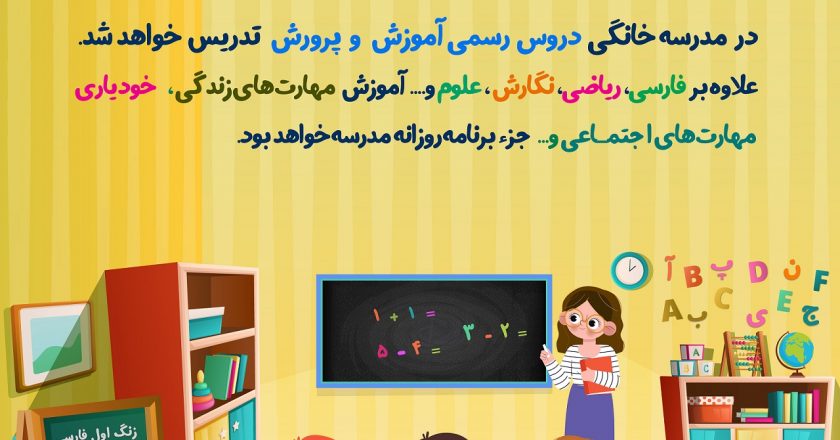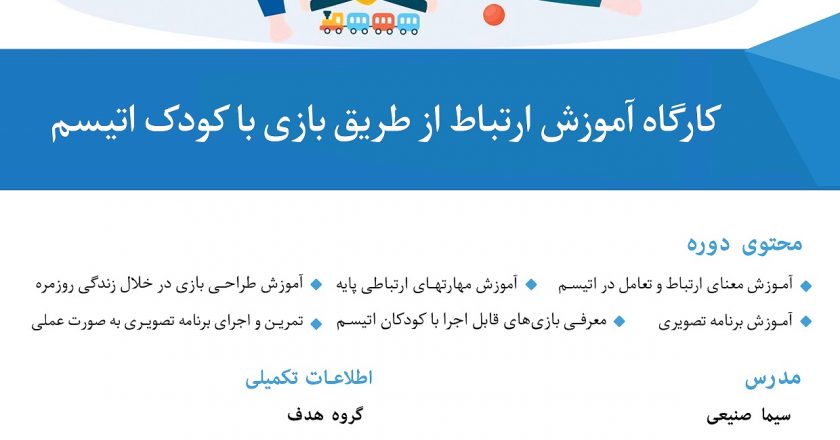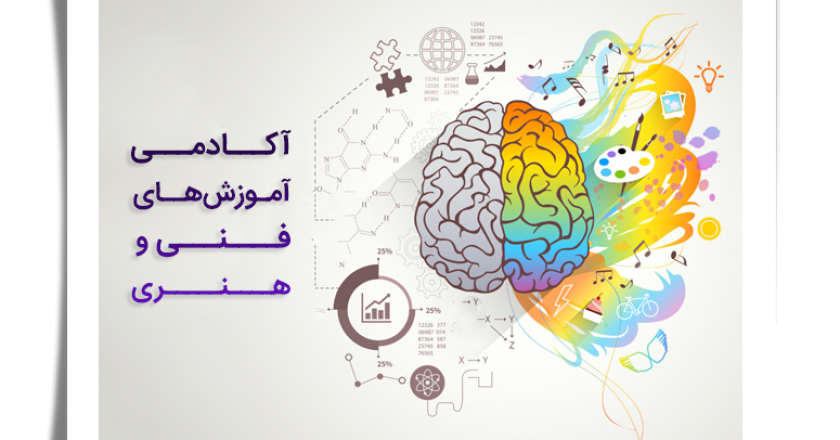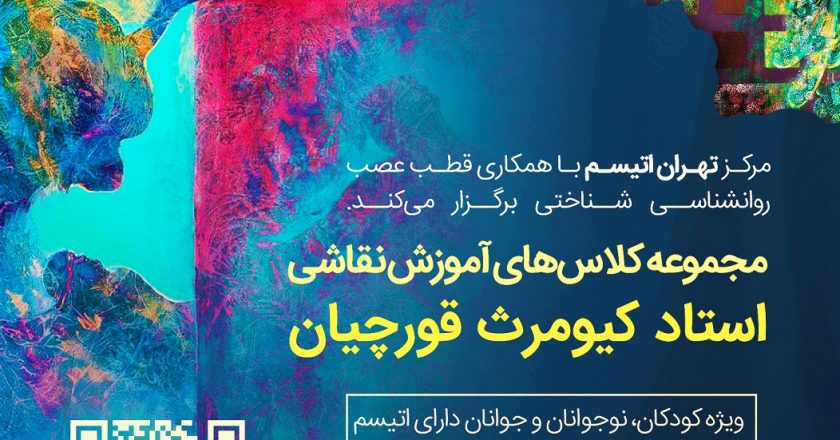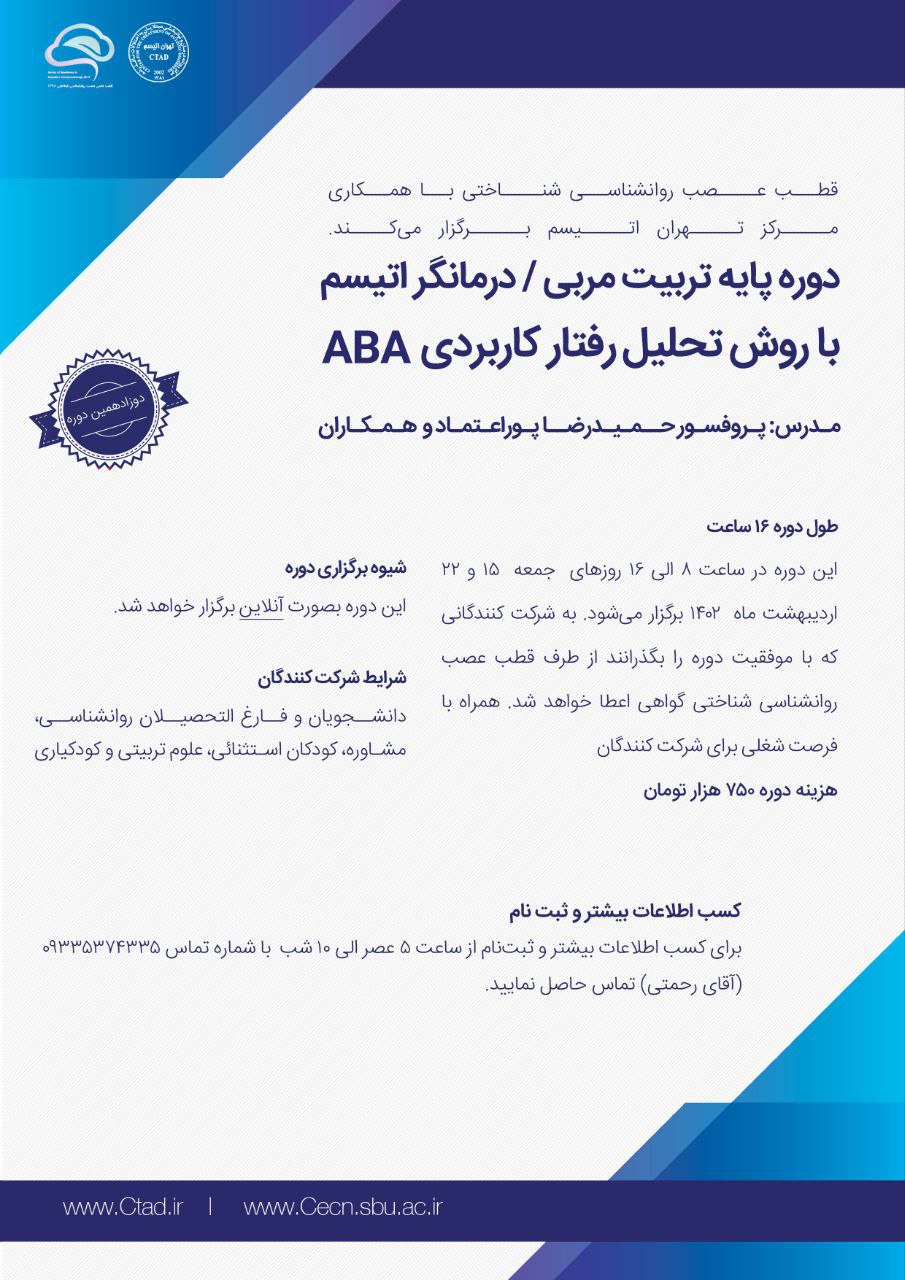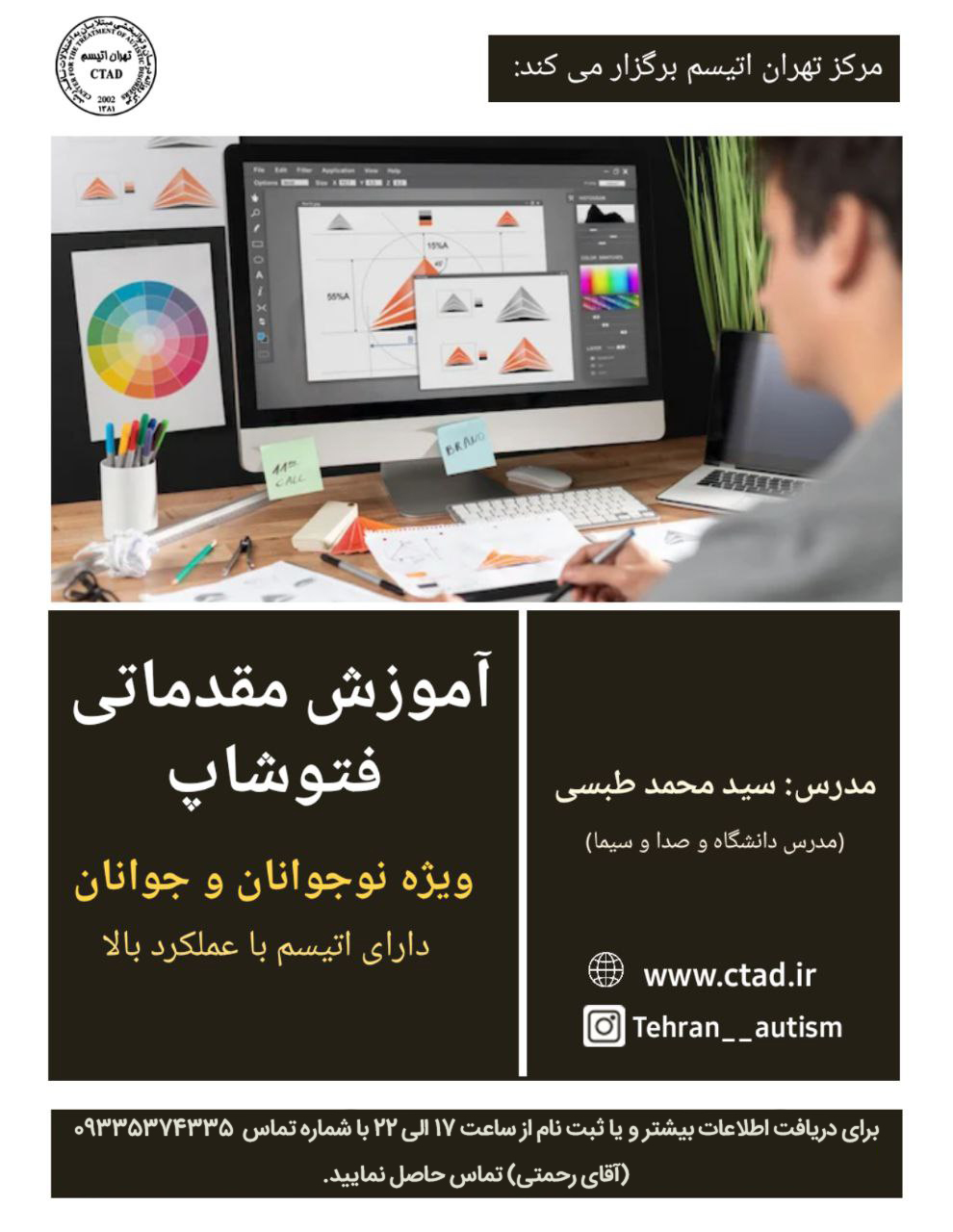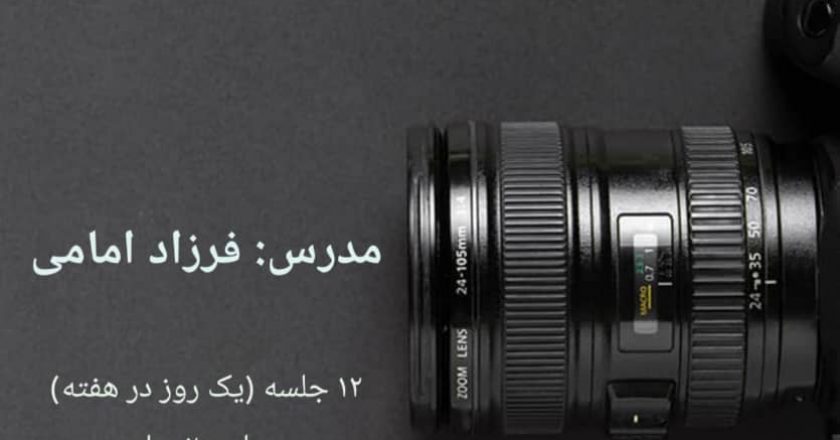شنیدن یا شنوایی یکی از احساسات پنجگانه است. این توانایی برای درک صدا توسط ارگانی مانند گوش از طریق تشخیص ارتعاشات صورت میگیرد. عدم توانایی در شنیدن را ناشنوایی میگویند. در انسان و سایر مهرهداران، شنیدن توسط سیستم شنوایی انجام میشود. ارتعاشات توسط گوش تشخیص داده میشود و با رشتههای عصبی به مغز منتقل میشود. حداقل شدت صوت قابل شنیدن برای یک فرکانس را شدت صوت آستانه شنوایی گویند. در این مقاله کوتاه در مورد پردازش شنوایی در اتیسم، بیش شنوایی و بدشنوایی همراه با این اختلال صحبت خواهیم کرد.
بیش شنوایی چیست؟
بدون شک در زندگی افرادی را دیدهاید که نسبت به صداهایی که برای دیگران بلند نبوده حساسیت غیر معمول دارند و قادر به تحمل اینگونه صداها نیستند. صداهای معمولی، مانند رانندگی در ترافیک، جویدن با صدای بلند، زنگ تلفن یا پارس سگ باعث ناراحتی یا احساس درد در گوش آنها میشود. این گونه افراد ممکن است از اختلال بیش شنوایی رنج ببرند. برای آنها کار کردن در محیطی با سر و صدای روزانه بسیار سخت و آزار دهنده است. آن ها به مرور از قرارگیری در محیط کناره گیری میکنند. بنابراین اولین عارضهی این اختلال انزوای اجتماعی و افسردگی است.
گاهی شخص بیش شنوا تا ساعتها و حتی بعد از دور شدن از محیط آن صدا را شنیده و این امر او را عصبی و مضطرب میکند. البته ذکر این نکته ضروریست که هر فرد بیش شنوا به شیوه ای متفاوت نسبت به صداهای اطرافش واکنش نشان میدهد.
افراد پرشنوا محدوده شنوایی باریکی دارند دلایل بسیاری برای بیش شنوایی وجود دارد که یکی از آنها اختلال اتیسم است. بیش حسی شنوایی در اتیسم یکی از علائم رایج است. حساسیت بیش از حد به صداهایی مثل صدای شرشر آب یا صدای هواکش و یا حساسیت نسبت به صدای موتور ماشین در این کودکان دیده میشود. بیش حسی شنوایی در کودکان دارای اتیسم موجب به هم ریختگی عصبی و رفتارهای تکانشی در آنها میشود.
درک شنیداری چیست؟
دو وظیفه عمده دستگاه شنوایی توانایی شنیدن و مهارت گوش دادن است. شنیدن یعنی اینکه صداها و اطلاعات شنوایی از محیط اطراف جمع آوری و وارد سیستم شنوایی میشود. مهارت گوش دادن یا پردازش شنیداری یعنی صداهایی (صداهای غیرگفتاری و گفتاری) که شنیده شده مورد تجزیه تحلیل قرار گیرد. بد شنوایی یعنی با وجود شنیدن هنجار، مشکل گوش دادن یا نقص در تفسیر اطلاعات شنیده شده وجود دارد.
بدشنوایی چیست؟
بدشنوایی (LiD) اصطلاحی فراگیر و جامع است که همه مشکلات گوش دادن در حوزه های اختلال پردازش شنوایی، علت اختلال پردازش شنوایی، انواع اختلال پردازش شنوایی، ارزیابی اختلال پردازش شنوایی، درمان اختلال پردازش شنوایی، آگنوزی شنوایی و اختلالات پردازش حسی و اختلال یکپارچگی حسی را شامل میشود.
اینکه بگوییم یک فرد دارای اتیسم دارای اختلال پردازش شنوایی است یعنی چه؟ اختلال پردازش شنوایی، زمانی اتفاق میافتد که عاملی بر پردازش یا تفسیر اطلاعات صوتی اثر میگذارد. افراد دارای اتیسم که دارای اختلال پردازش شنوایی هستند، میتوانند صداها را بشنوند، اما در درک و پردازش صدا مشکل دارند. به عنوان مثال، ممکن است در صورت وجود صدای پس زمینه، نتوانند معنی جملات را درک کنند یا بعضی از لغات را متوجه نشوند.
برای آشنایی با خدمات مرکز تهران اتیسم در زمینه پردازش شنوایی در اتیسم، بیش شنوایی و بدشنوایی میتوانید به صفحه خدمات تهران اتیسم مراجعه کنید.





